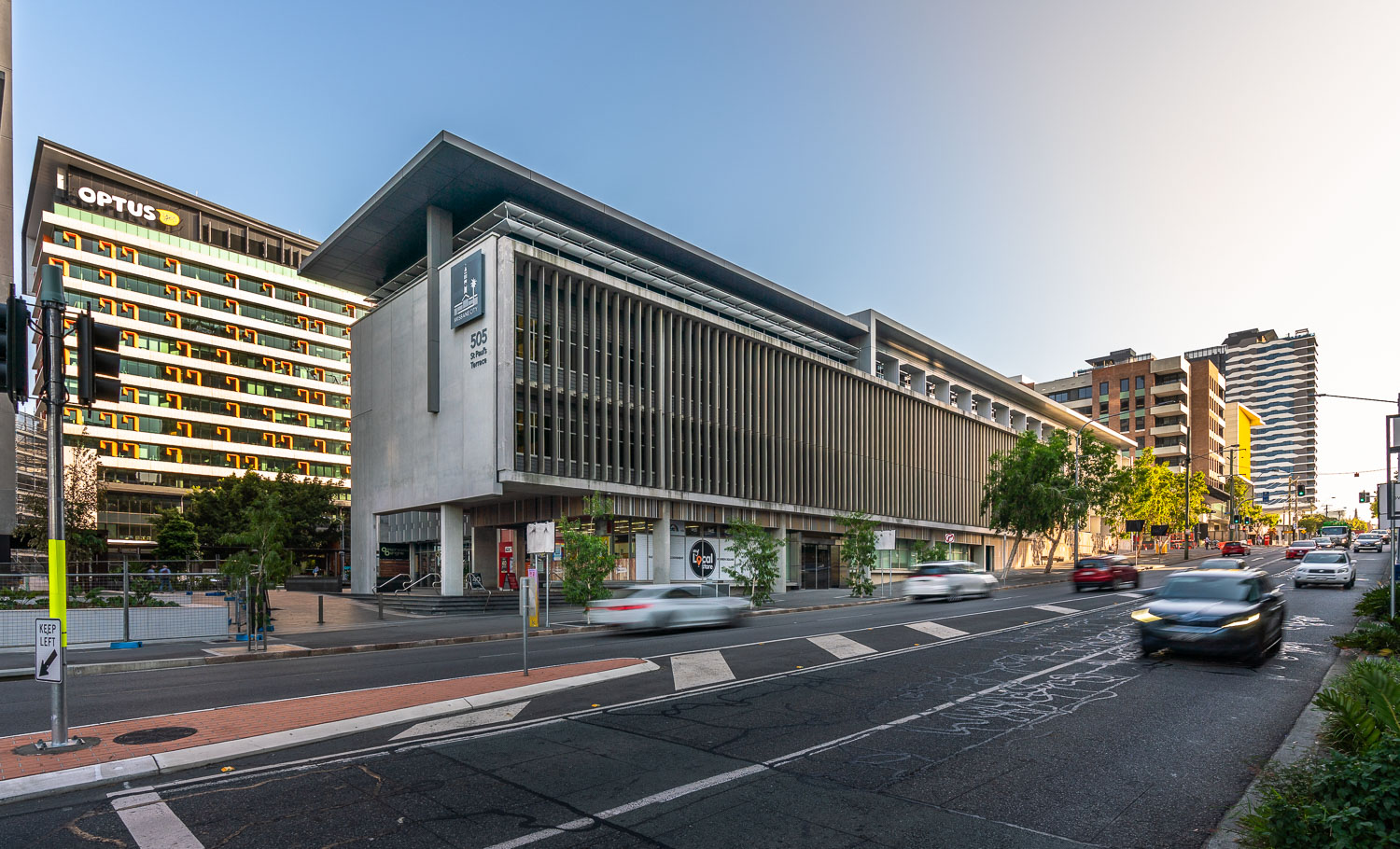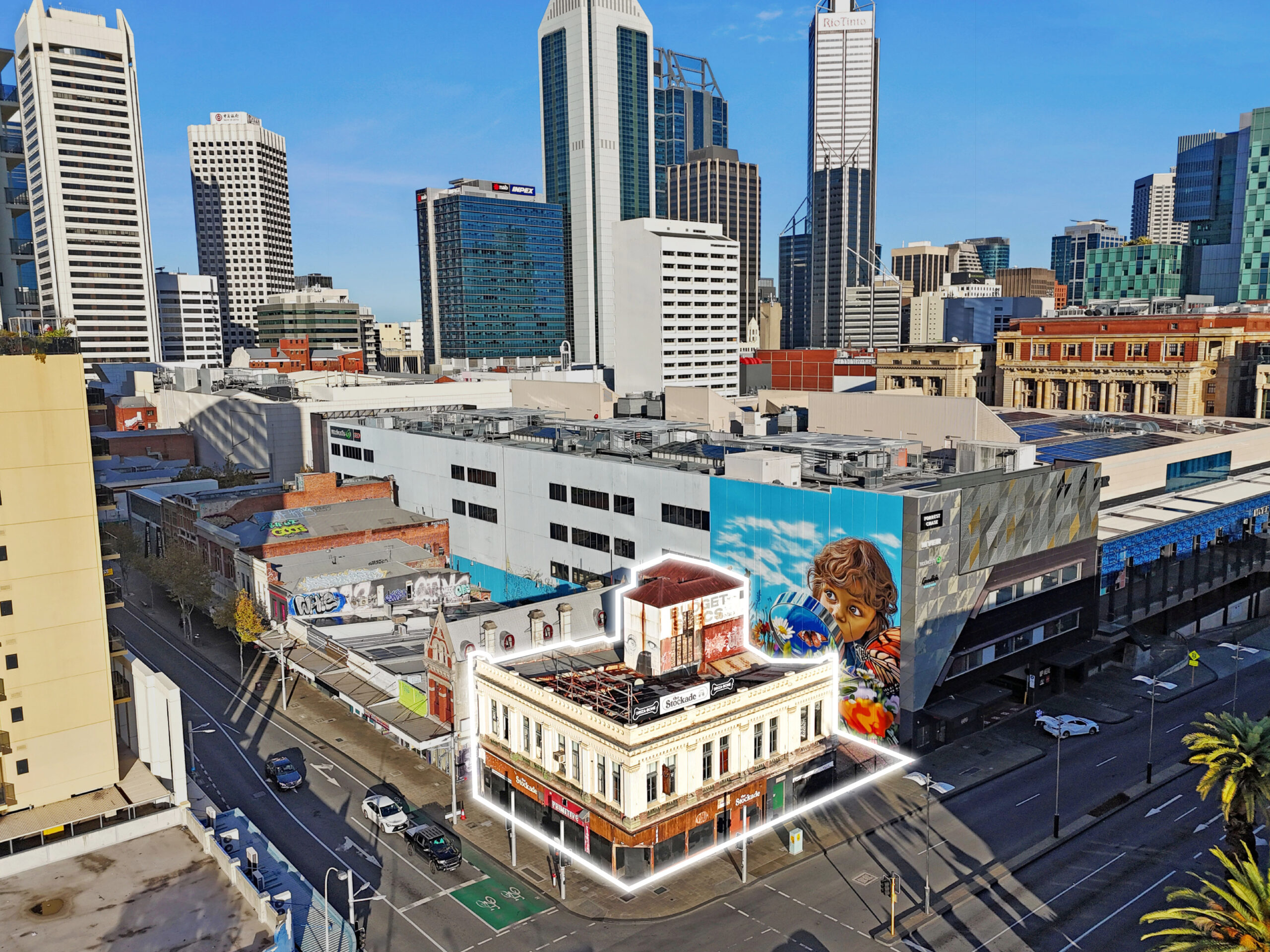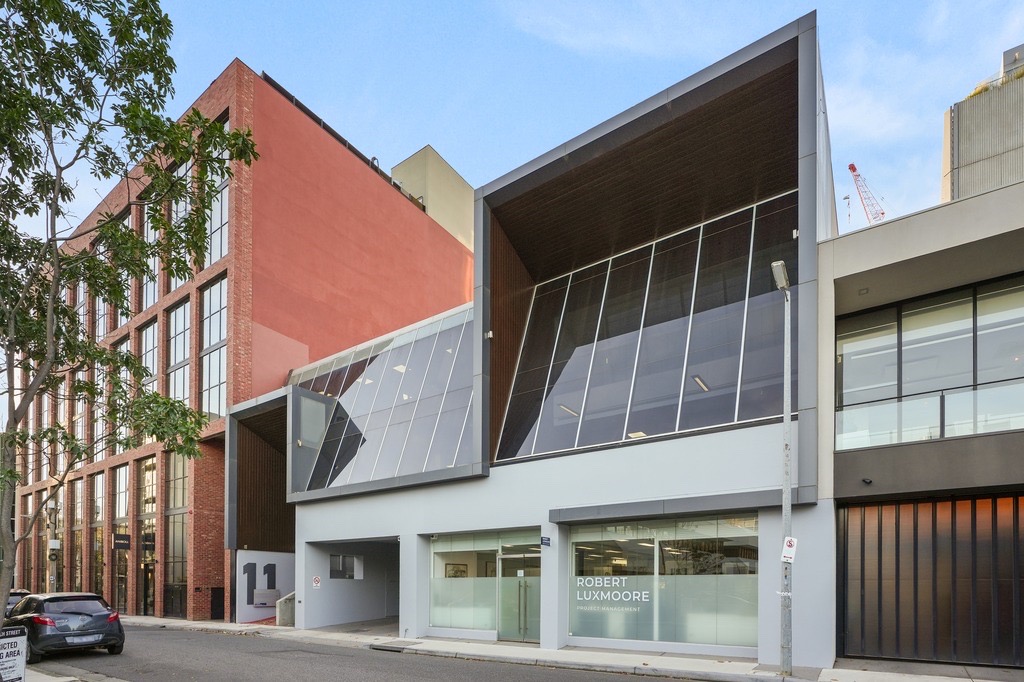
As office vacancy rates reach record levels across major CBDs, innovative solutions to tackle our metro ghost towns are more critical than ever. While CBDs bustle at night with people flocking to dinners, drinks, and entertainment, many buildings and office spaces remain desolate during the day. The challenge is clear: we must create spaces that attract people back into our cities during the workweek. To achieve this, we must reimagine CBDs and how people interact with them.
Reimagining office space is a global issue. There has been a fundamental shift in how we work post-pandemic, and this change is here to stay. It’s not enough to just provide office space, a gym, and a café – reimagining these buildings involves creating integrated, experience-led precincts with human connection at their core. Crafting environments that promote productivity and community will transform CBDs and make returning to the office more desirable.
One notable success is Melbourne’s Olderfleet by Mirvac, operated by Florence Guild, the parent company of our leading workspace provider, Work Club. This building engages communities at scale and is a hub of activity during the day, differentiating it from surrounding buildings. Located at 477 Collins Street, Olderfleet integrates state-of-the-art amenities and a vibrant community-focused environment. It features a dedicated front-of-house Florence Guild Concierge, a premium Work Club, wellness and learning programs, restaurants and bars, all designed and operated by Florence Guild to enhance tenant experience and foster a sense of community. The building experiences are part of a connected plot that communities crave.
Florence Guild’s collaboration on 55 Pitt Street with Mirvac showcases another dimension of experience-led innovation. Valued as a development at $602 million, it is projected to reach a valuation of $1.9 billion by 2027. This project is set to become the very best on offer anywhere in the World at a time when the term “office” carries negative connotations in the commercial property industry. From work, to eating out, wellness and events, it will be a thriving precinct and premium building where, from morning to night, people will not want to leave.
While premium buildings might be busy post-pandemic, the real challenge lies in transforming Grade-A and Grade-B buildings. In my opinion, the same principles apply to address this: create tenant and visitor experiences that are compelling enough, and they will come. Upgrades are essential, but they must be paired with a human-first perspective. Buildings need to be considered ecosystems where services, work, hospitality and learning are seamlessly integrated, fostering a valued sense of community and creating a place where people want to be.
This new normal is here to stay. The transformation of CBDs is both an opportunity and a risk; Asset Managers who fail to innovate could be left behind, and I believe those who innovate and enhance worker experiences will thrive. Creating a compelling reason for people to come to the office is critical. We need to think about buildings not just as places to work, but as lifestyle environments where individuals can connect, learn, grow and remain engaged. These spaces should be thriving hubs of activity, both during the day and at night.
You only have to look at the office vacancy rates to know that the time is now to challenge traditional CBD office models. There is a thirst from humans for innovation and experience-led solutions. We need to prioritise and invest in creating vibrant and appealing spaces that draw people back to the CBD during the day and breathe new life into our cities. Asset managers across the country hold the key to a thriving future, and I am excited to see where we land in years to come.



